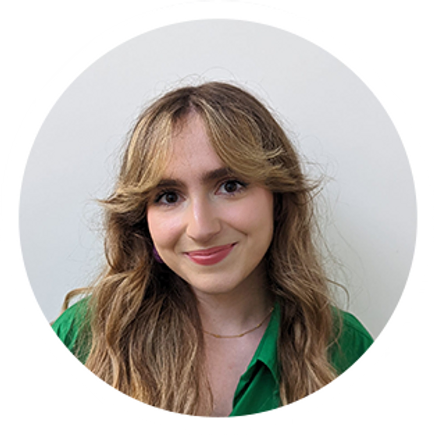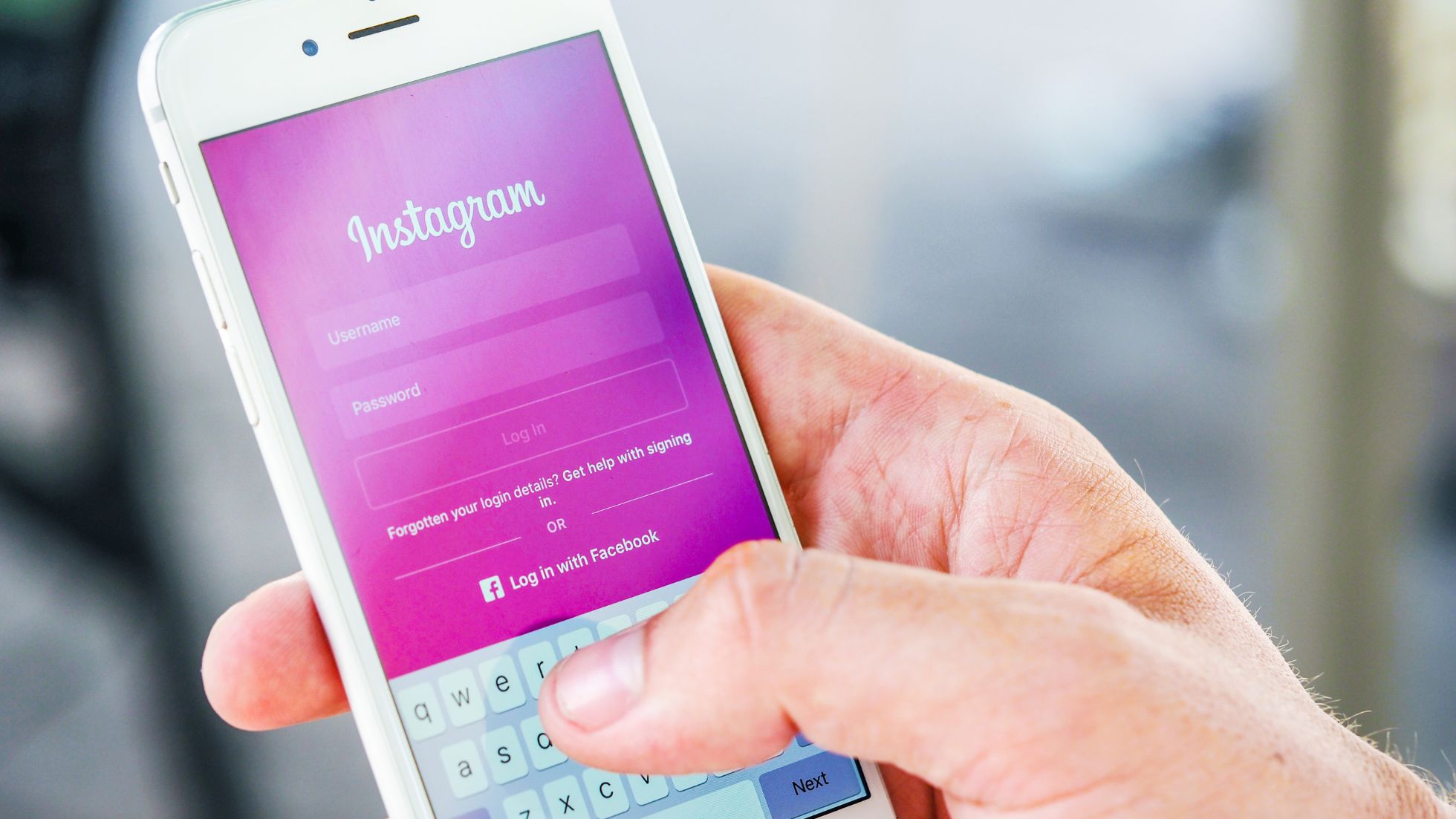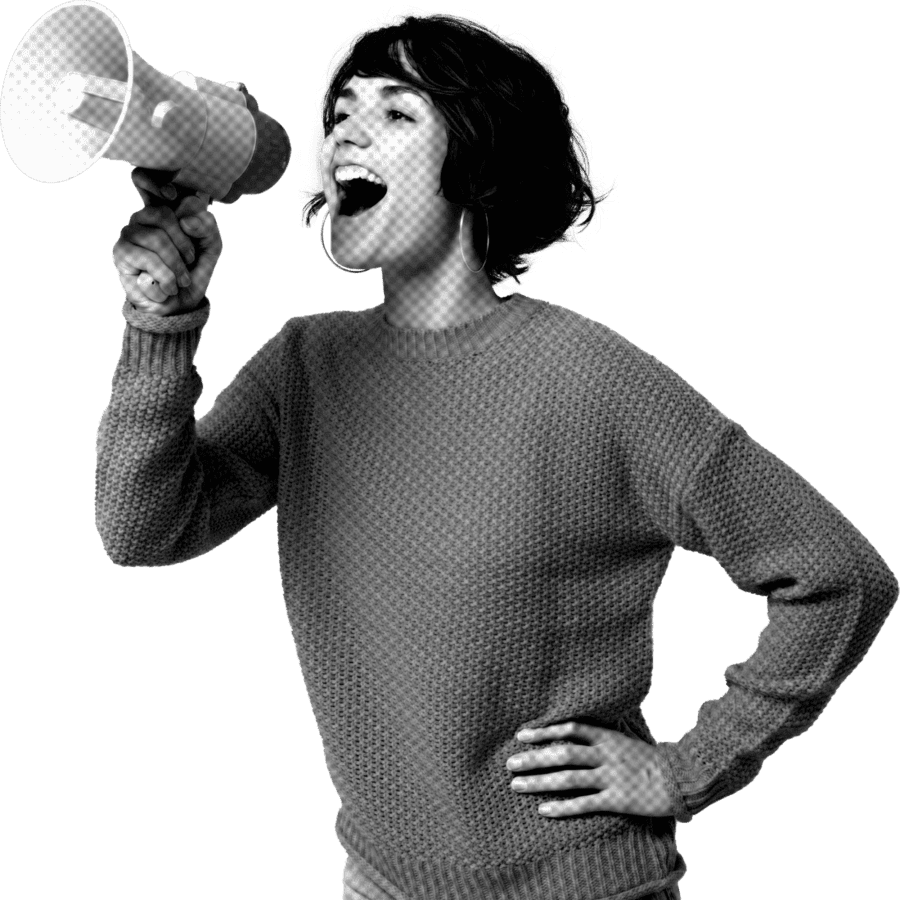Disability representation and diversity are two closely related terms that promote inclusivity. In this blog, we will take a look at the differences, similarities and challenges faced, as well as highlight real-life examples of successful marketing campaigns. So, let’s go!
What is Disability Representation?
Disability representation involves accurately portraying people with disabilities in all facets of life – in media, marketing, literature, politics, education and employment. It highlights the importance of considering accessibility, understanding disability as a part of human diversity, and ensuring that people with disabilities have equal opportunities and rights.
This form of representation is about more than just presence; it’s about portraying disabled individuals in a manner that is respectful, realistic, and devoid of stereotypes. It involves recognising the unique challenges faced by disabled individuals while also celebrating their contributions, strengths, and resilience. True disability representation requires listening to and amplifying the voices of the disabled community, ensuring that their stories and perspectives are shared in an authentic and meaningful way. Through this, we challenge misconceptions and foster a more inclusive and understanding society, where differences are not just acknowledged, but valued.
Why is Disability Representation Important?
Disability representation plays a key role in shaping a society that truly values and embraces all its members. When people with disabilities are represented accurately and authentically in media, literature, the workplace, and in public life, it empowers these individuals by acknowledging their presence and contributions whilst educating wider society. Authentic disability representation is about ‘flipping those stereotypes we see all too often as tropes of disability’ and creating a world where differences are celebrated, not just accommodated. Accurate representation promotes equal opportunities and supports the recognition of the rights of people with disabilities.
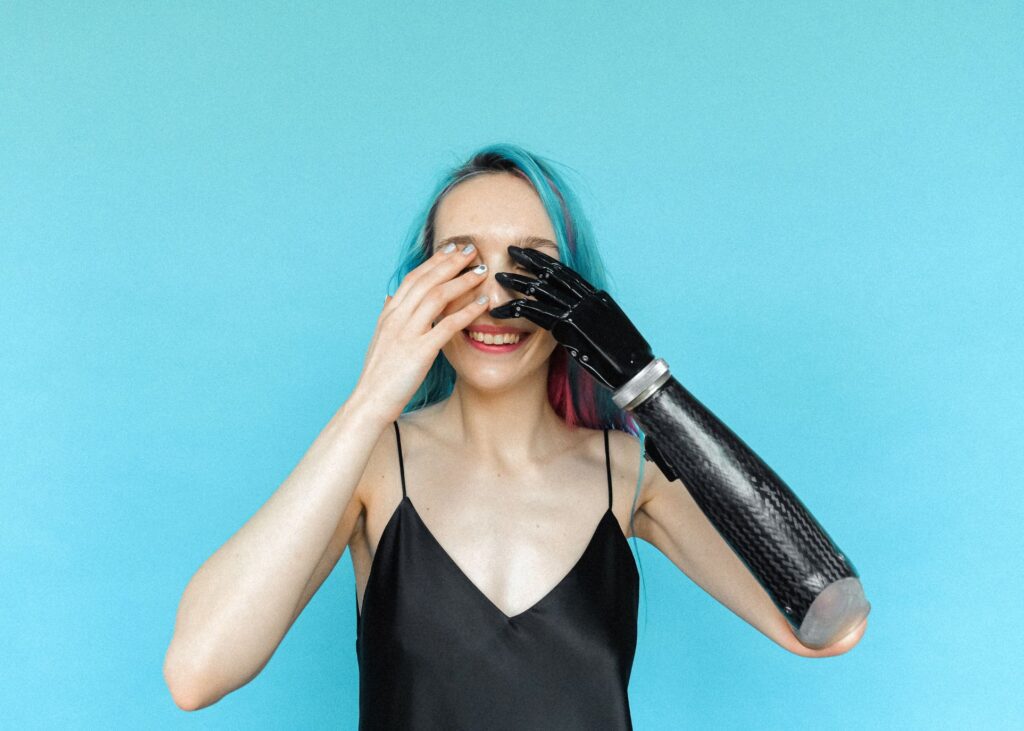
Diversity – A Broader Perspective
But what about diversity, and how does this relate to disability representation?
Diversity is a broader term that refers to a wide range of human differences, including race, gender, sexuality, age, religion, and socioeconomic status, as well as disability. Diversity is about recognising, respecting, and valuing these differences in society.
In workplaces, schools, media and politics a broader perspective can increase levels of creativity, problem solving and innovation, as well as increase levels of empathy and understanding between people from different walks of life. Some people may think that diversity is about being politically correct, however, this is not true; diversity is about creating an environment where everyone feels included, respected and empowered!
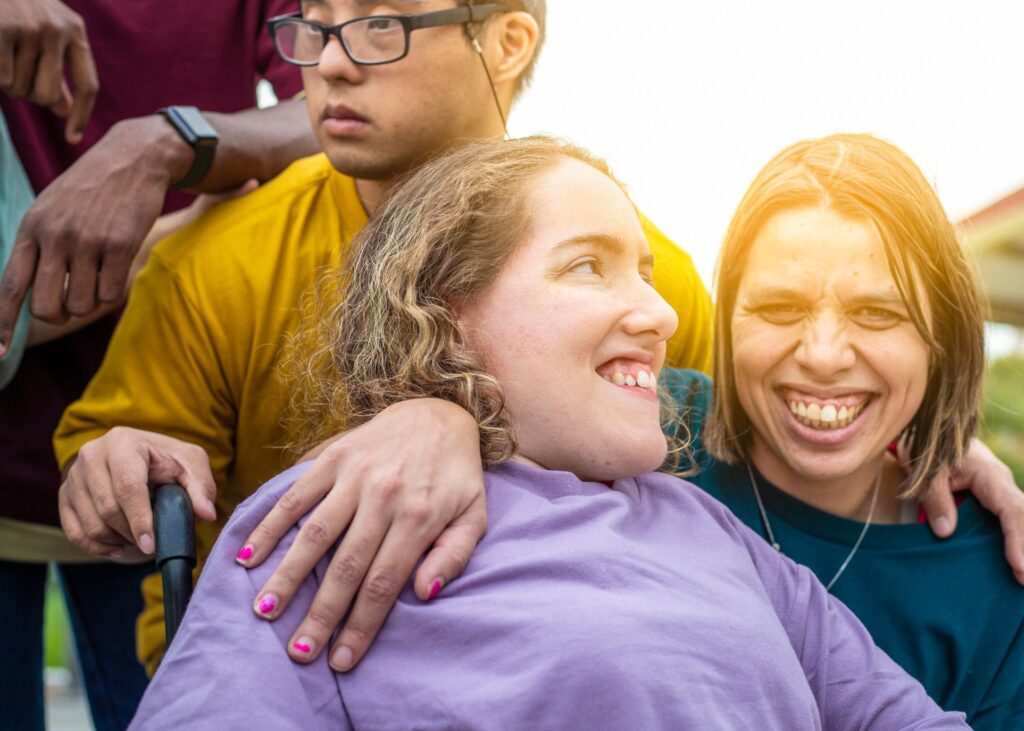
Intersections of Disability Representation and Diversity
Whilst disability representation and diversity are two separate terms, there are some similarities. These include the promotion of inclusivity, challenging stereotypes, raising levels of education and awareness, advocating for equal opportunities, creating physical, social and educational environments accessible to all, highlighting the importance of fair representation and empowering individuals to feel valued in society.
However, both terms may also face similar challenges, which include:
- Stereotyping and Tokenism: Individuals with disabilities or from diverse backgrounds may be represented superficially, simply to meet targets or so that a company ‘appears’ inclusive.
- Lack of Authentic Representation: It can be challenging to find authentic representation, especially when those creating content or policies do not have direct lived experiences of the underrepresented group’s life. This can lead to misrepresentation.
- Accessibility Issues: Ensuring accessibility in all areas, such as physical spaces, on digital platforms and in communication, can be a challenge, especially if there is a lack of resources within a company or group in society.
- Underrepresentation in Decision-Making Roles: People with disabilities and diverse backgrounds are often underrepresented in leadership and decision-making roles, which limits their influence in shaping policies and narratives that affect their lives.
- Lack of Resources: Incorporating disability representation and diversity initiatives can require more time and resources, which organisations may not always have.
- Social and Cultural Barriers: Biases and prejudices against certain groups and those with disabilities can slow down the progress of inclusion initiatives.
- Individuals Can Belong to Multiple Groups: Intersectionalities exist, and complexities may arise when individuals belong to multiple underrepresented groups e.g. a Disabled South Asian woman who is also Muslim. These nuances may need a deeper understanding before an accurate representation can be made.
- Resistance to Change: Resistance within organisations or society may stem from fear of change and biases.
Case Studies and Examples
Disability Representation – Pantene Miracles Silky & Glowing Shampoo
In this advertisement, Pantene features Lucy Edwards, who shares her experience of being blind and ‘seeing through touch.’ Lucy shares what her hair feels like and how she knows what it looks like ‘through that annoying sound.’ Lucy also uses the phrase ‘great hair is not how it looks to the world, it is how it feels to me.’
This subtle, yet powerful script, successfully markets the product whilst authentically sharing Lucy’s experience of being blind. This demonstrates how those who are visually impaired or blind can use this product and feel empowered. Pantene then takes it a step further and uploads accessibility instructions in the video description, including how to activate audio descriptions and closed captioning.
Diversity Representation – LNER Freedom All The Way
This advert by London North Eastern Railway features a wide variety of people of all ages, gender and ethnic backgrounds. LNER weave many narratives into this advert and successfully, yet subtly celebrate the diversity of people.
Disability & Diversity Representation – Vanish Ambitious About Autism
This advertisement takes authentic voices and experiences to another level, following the day in the life of a girl called Ash, who has been diagnosed with Autism. The video educates people about the needs of people with Autism, such as Ash telling her teacher that she needs her ‘overlay’ to be able to read a document.
However, it also beautifully highlights her skills and strengths, such as her mathematic abilities in the scene where her friend asks, ‘how did you do that without a calculator?!’ The advert also weaves in friends, teachers and pupils from various ethnic backgrounds, which touches on diversity. The addition of high-pitched ringing noises alongside fading background noise adds a further layer of what sensory overwhelm might feel like, enabling people to empathise and understand Ash’s day-to-day experiences.
The Future of Disability Representation and Diversity
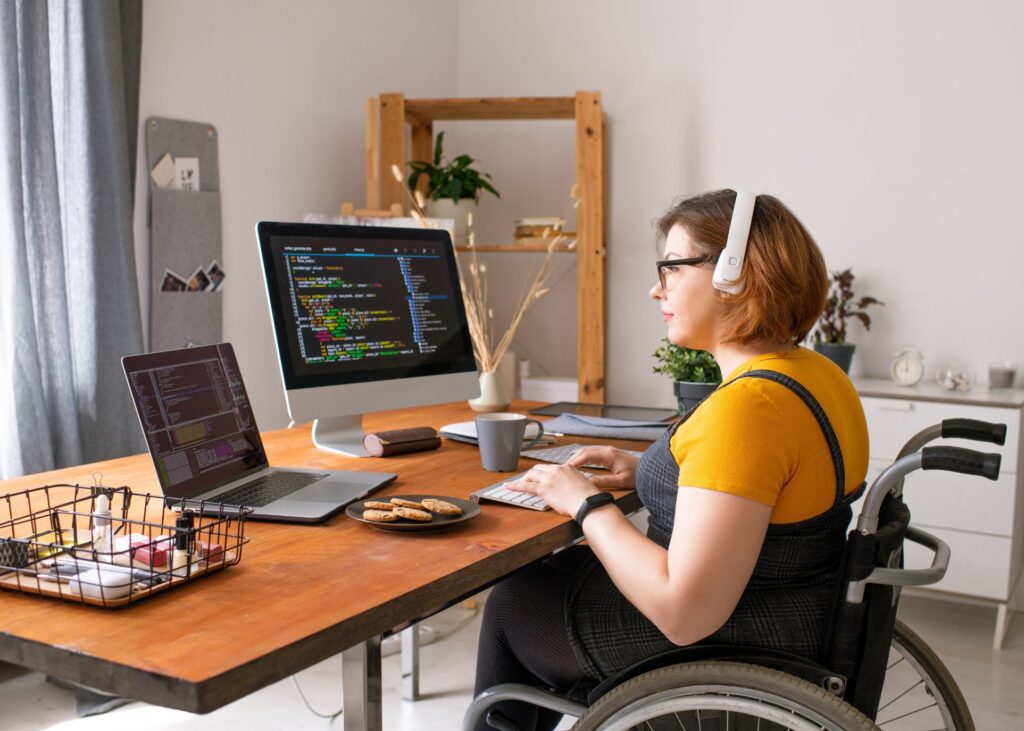
As you can see, both disability representation and diversity provide platforms for authentic voices and experiences to be heard and acknowledged. One of the key takeaways is that all differences should be celebrated, not just accommodated. The narrative is slowly shifting, and we hope that in the future, the first thought that comes to people’s minds can become, ‘Wow, what a unique perspective and asset to our team and society!’ rather than ‘Oh, we need to make adaptations.’
Here at Purple Goat, we specialise in listening to the disabled community and delivering bespoke qualitative and quantitative research to understand what disabled individuals think and feel about your product, brand or service. We also support organisations to run inclusive paid social campaigns to drive results. Get in touch and join the herd at Purple Goat to find out more about how you can authentically represent and empower the disabled community!


